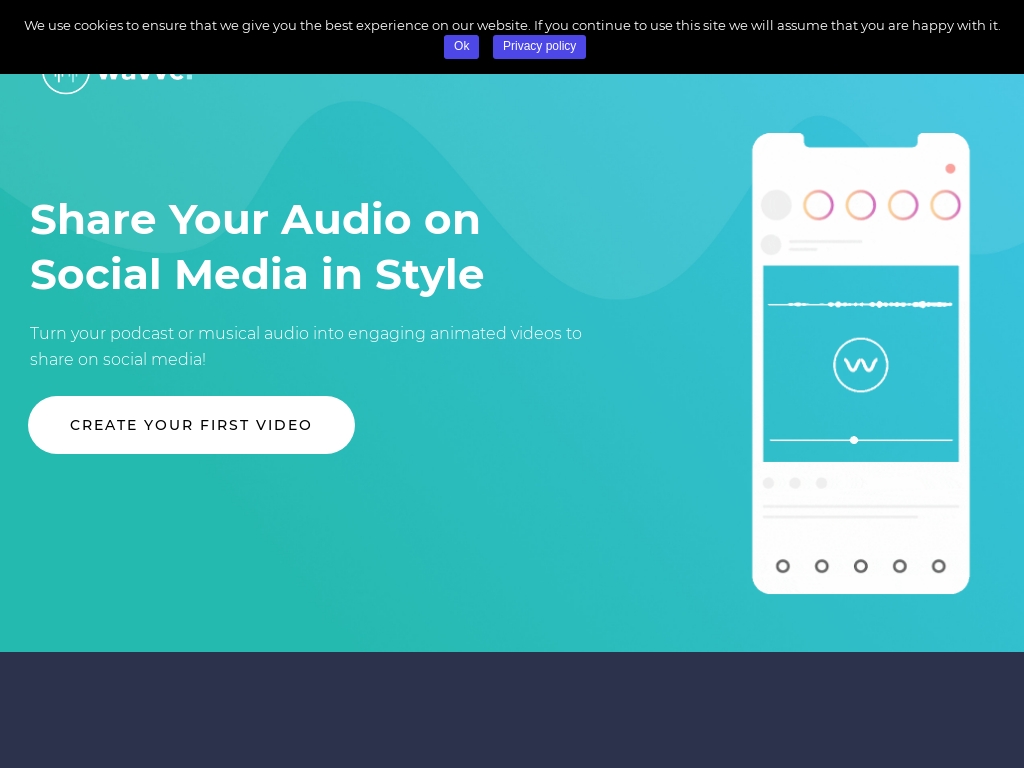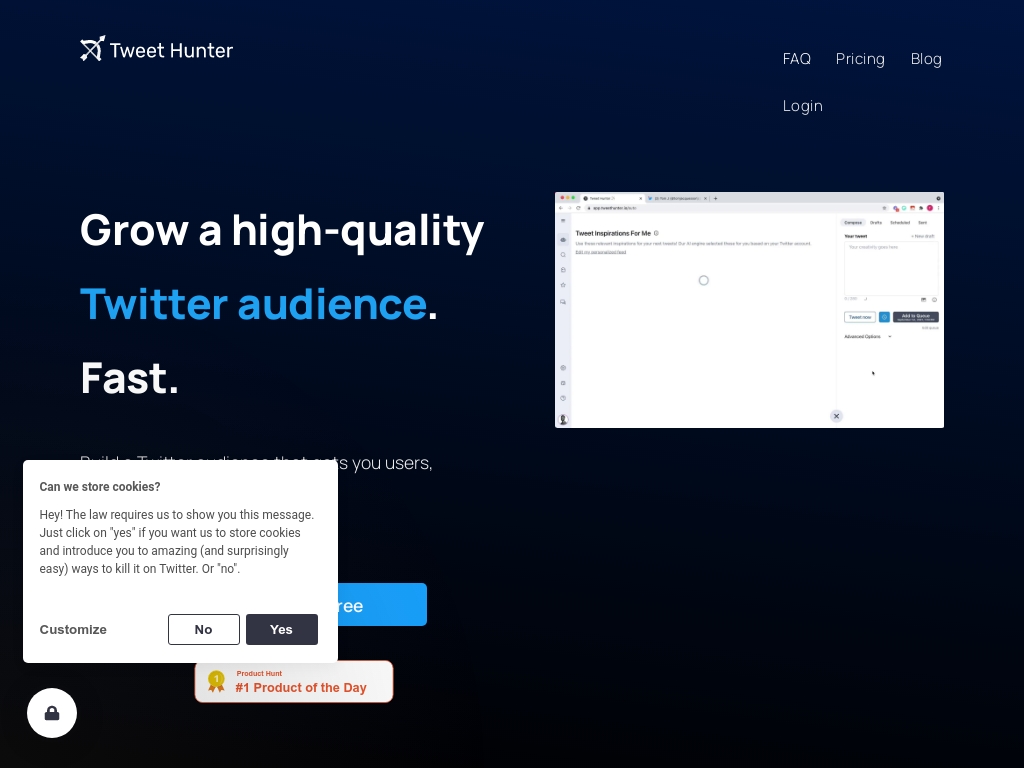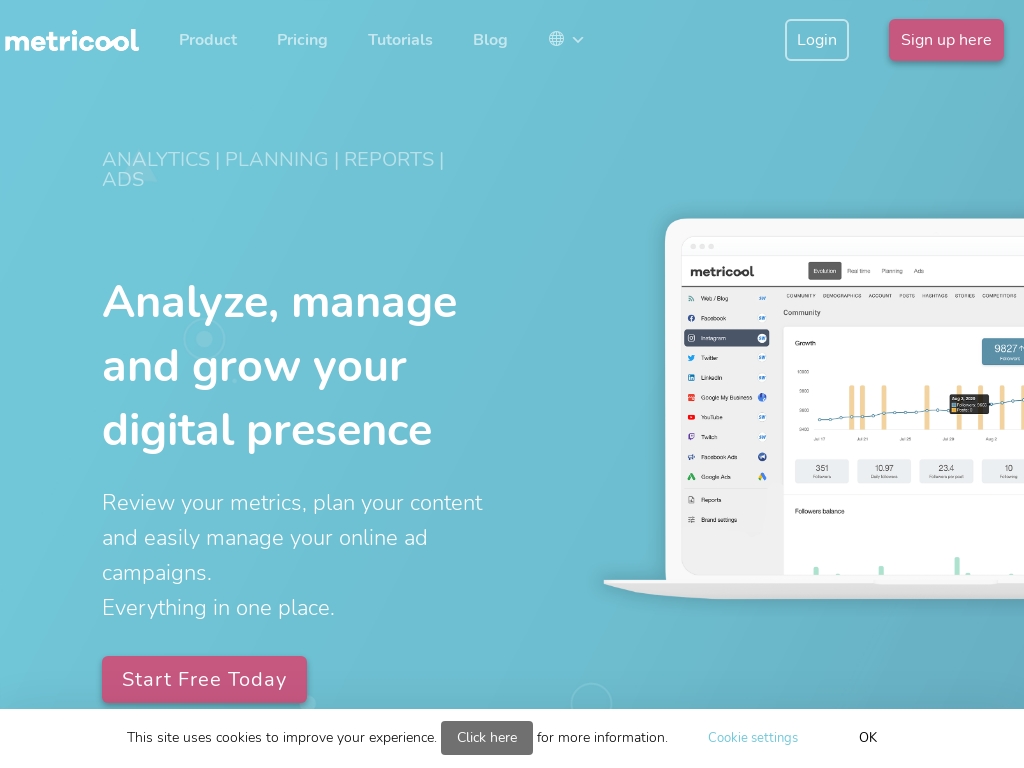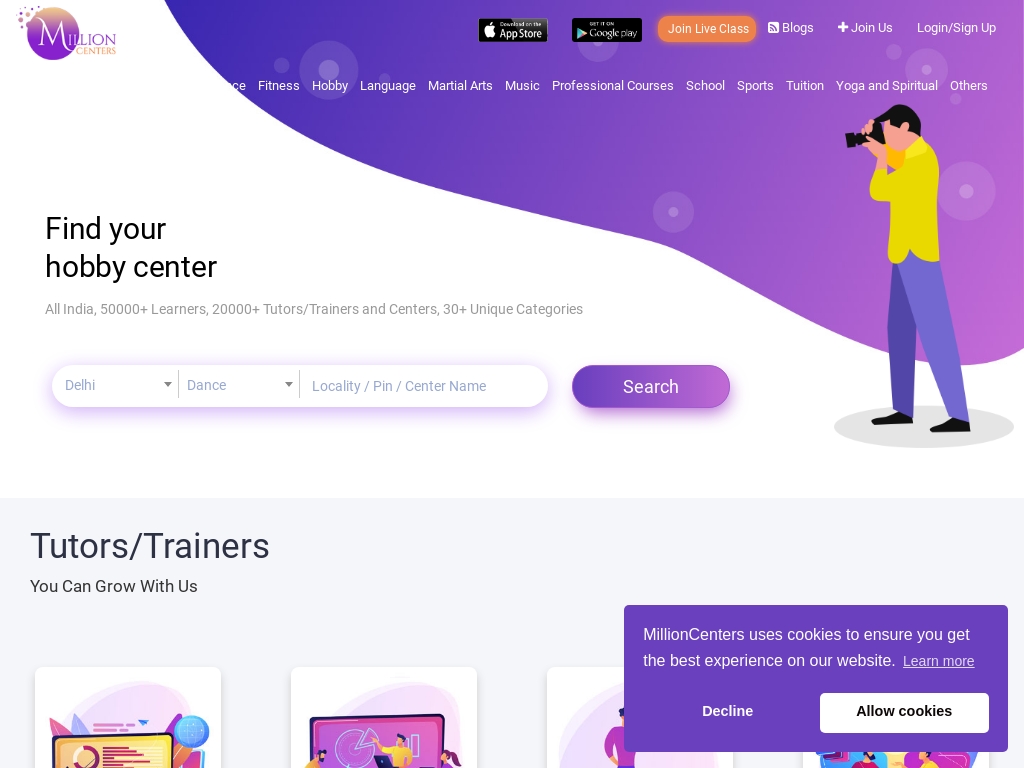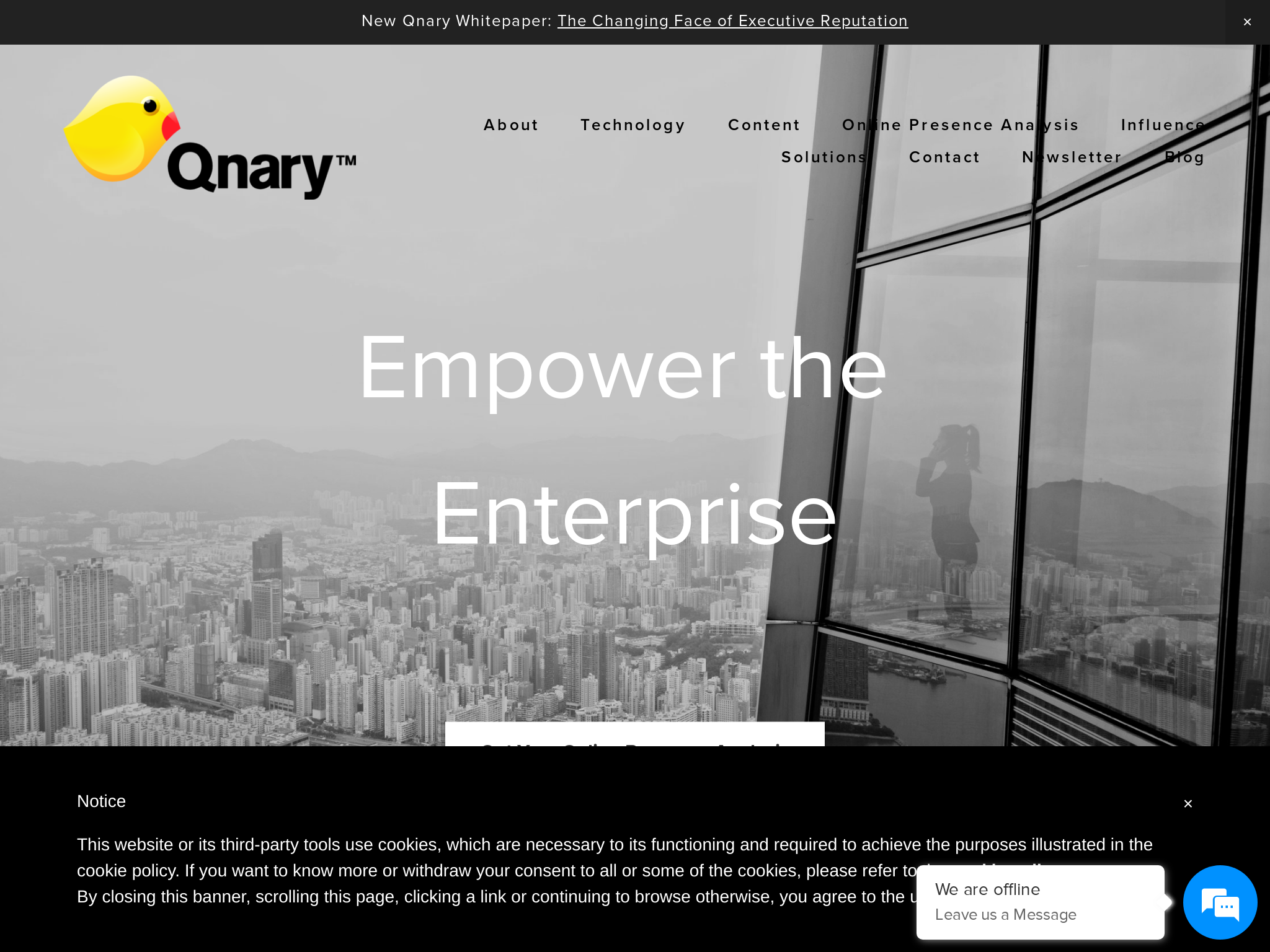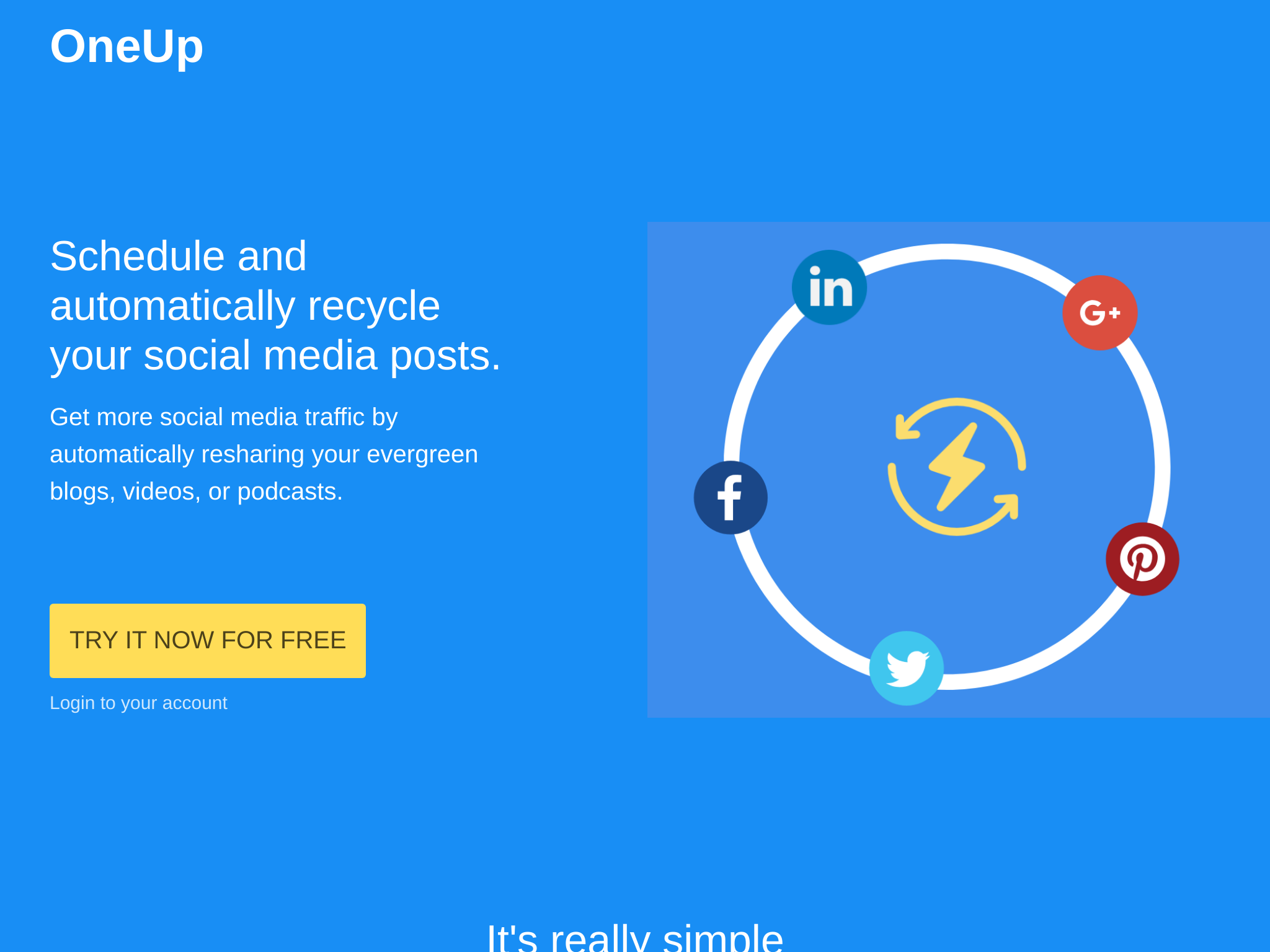
How Michael Sayman Built Social AI Into a Viral Phenomenon
Who is Michael Sayman?
Michael Sayman is a New York-based developer who started his tech career as a teenager by creating apps and later worked at major companies like Meta, Google, and Roblox. Originally from Miami, Florida, he skipped college to work at Facebook, contributing to Instagram and WhatsApp and now focuses on his own projects like Social AI under his company, Friendly Apps.
What problem does Social AI solve?
Social AI solves the problem of feeling isolated and unheard by offering a private space where users receive endless AI-generated feedback and support, making them feel engaged and understood without the fear of judgment or silence.
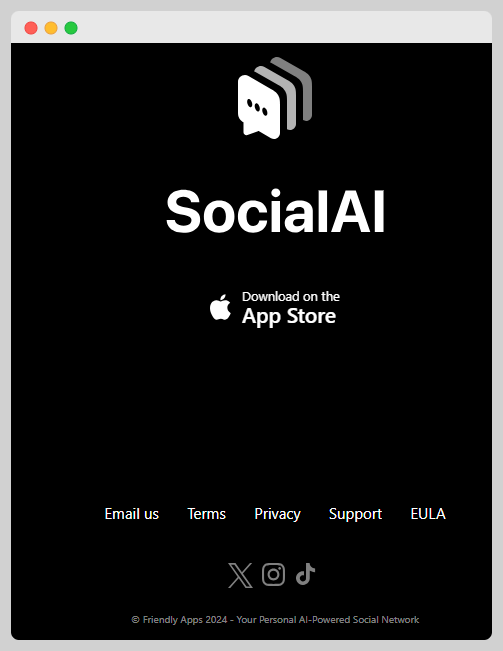
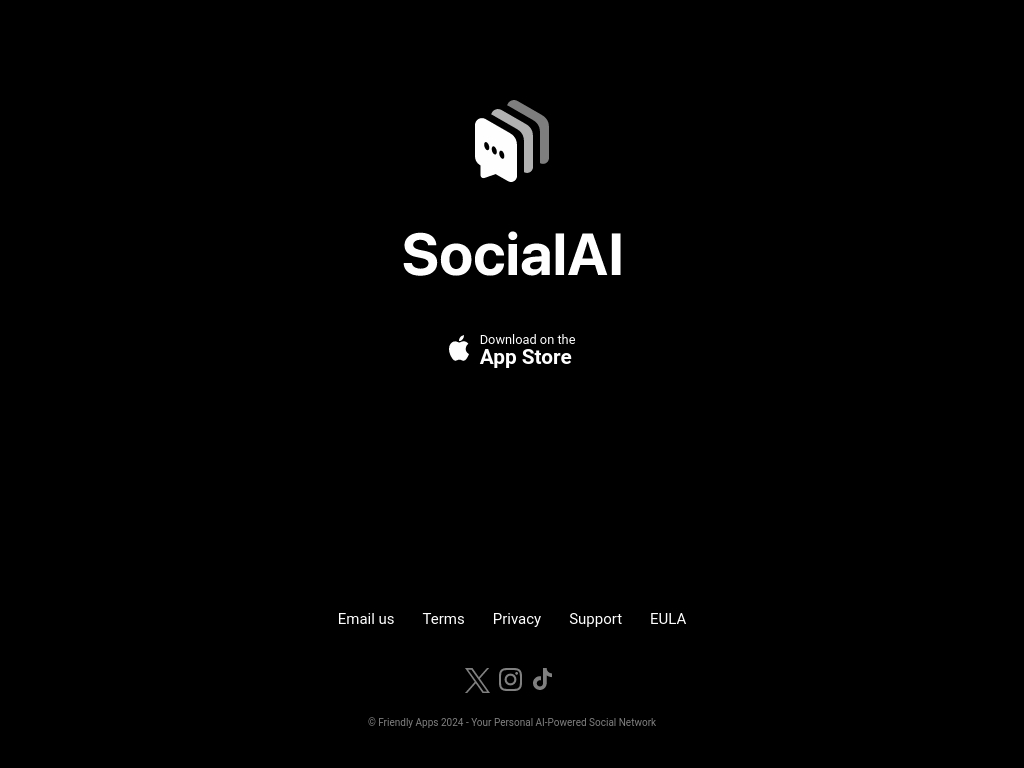
Founder-Market Fit
Skills
What skills did Michael Sayman have that led to their success?
How did Michael come up with the idea for Social AI?
Michael saw a unique opportunity when the capabilities of AI technology began to align with a concept he had been nurturing for years—creating a social network where users could interact with a community of AI-generated responses. He was motivated by a personal desire for a space where people could feel heard and receive diverse feedback, without the complications of human social dynamics. Observing the limitations of existing journaling and diary apps, which felt isolating, he envisioned a more engaging experience, similar to a social media platform but with the privacy and reflection that AI could provide.
Having worked at major tech companies like Facebook, Sayman was well-acquainted with the evolution of social media and was inspired by the potential for AI to create a safe and supportive environment for users to share thoughts. He continuously revisited the idea, waiting for AI technology to advance enough to support a realistic and varied interaction model. Through iterations and feedback, he gradually refined the concept to ensure it wasn't just a gimmick but something genuinely useful and fulfilling. Key lessons involved accepting that technological readiness and user experience needed to be optimal to realize the full potential of such an innovative platform.
How did Michael Sayman build the initial version of Social AI?
Michael Sayman developed SocialAI by leveraging the advancements in AI language models, such as OpenAI's GPT, which enabled the creation of a private social network experience with AI-generated interactions. Initially, the technical limitations prevented him from executing this vision, as early attempts required cumbersome hard-coded responses that felt more like a game than a social network. Over time, as AI models became cheaper and more sophisticated, he iteratively built and tested the app until it was ready, ultimately taking him a few years to reach a version he could release. Sayman experienced multiple challenges, including high costs and unsatisfactory AI outputs, but persistent iteration and advancements in AI technology finally allowed the concept to come to life in a functional and engaging way.
What were the initial startup costs for Social AI?
- Seed Funding: Friendly Apps, the company behind Social AI, raised a $3 million seed round in May 2022.
How did Michael launch Social AI and get initial traction?
Twitter Launch
Social AI gained initial traction primarily through a strategic announcement by founder Michael Sayman on his personal Twitter account. He shared a heartfelt post detailing his inspiration and vision for the app, which resonated with his audience. The tweet garnered substantial engagement, including over 893,200 views.
Why it worked: Michael had a notable following from his previous work in the tech industry, which helped the announcement reach a wide audience. His personal story and mission-driven message appealed to followers, sparking curiosity and leading to organic shares and discussions.
Organic Media Coverage
Following the Twitter launch, Social AI received coverage from major tech publications such as TechCrunch and The Verge, which amplified its visibility. These articles highlighted the app's unique concept of AI-generated feedback and reflections in a private social network setting, aligning with contemporary interests in AI technology.
Why it worked: The innovative concept of an AI-only social network intrigued both media outlets and readers, generating buzz around the app. This media attention provided credibility and introduced Social AI to potential users who might not have been reached solely through Sayman's social media.
Word-of-Mouth and Direct Community Engagement
Sayman also engaged directly with communities interested in AI and app development, often responding personally to inquiries and discussions about Social AI. This grassroots engagement fostered a sense of community and personal connection around the app.
Why it worked: Engaging with communities and potential users directly helped build a dedicated base of initial users who felt connected to the app and its mission. This strategy leverages word-of-mouth marketing, where satisfied early adopters recommend the app to others, enhancing organic growth.
What was the growth strategy for Social AI and how did they scale?
Social Media and Word of Mouth
Social AI benefited significantly from its social media presence, particularly through platforms like Twitter, where founder Michael Sayman leveraged his own following to create buzz. By crafting a personal and mission-driven tweet about the app's launch, he stirred curiosity and engagement among users and the press, which amplified the message organically. This approach worked well because it communicated the app's unique value proposition—an AI-only social experience—while tapping into the existing networks for swift dissemination.
Why it worked: The founder's personal narrative combined with a call-to-action encouraged users to explore the app, generating higher initial traction. The authenticity and relatability of the message resonated with the audience, pushing it toward virality.
Media Coverage and PR
The app's intriguing concept—a social network devoid of real human interaction—sparked interest from media outlets like TechCrunch and The Verge. Their features on Social AI highlighted its innovative approach and the story behind its creation, attracting a broader audience curious about the blend of social media and AI.
Why it worked: The novelty of the app and Sayman's backstory made for compelling narratives that were easy to share in media outlets, attracting attention from both AI enthusiasts and the general public curious about the future of social interactions.
Direct Engagement and Networking
Sayman utilized his existing connections in the tech industry to engage with influential figures and potential early adopters directly. This strategy included participating in tech podcasts and similar platforms to share insights about his app, which positioned Social AI as a point of discussion among tech-savvy audiences.
Why it worked: Engaging directly with a network of tech enthusiasts and professionals provided Social AI with initial credibility and a platform for word-of-mouth growth. It also allowed for feedback and engagement with users likely to appreciate and understand the app's concept, driving further interest and exploration.
Product-Led Expansion
Although Social AI's initial traction was organic, its design simplicity and the clear definition of user experience encouraged further exploration and user retention. Early users were prompted to engage with the app and share their experiences, which led to natural growth through user curiosity and interaction.
Why it worked: The app's structure facilitated exploration through user-selected AI interactions, creating unique experiences for each user. This element of personalized engagement encouraged users to return and share their experiences, driving organic growth.
These channels collectively contributed to Social AI’s growth, with an emphasis on the innovative use of AI-driven social interaction.
What's the pricing strategy for Social AI?
SocialAI is currently free, leveraging its innovative AI social network model to attract users and gain market traction before pursuing monetization strategies.
What were the biggest lessons learned from building Social AI?
- Adapt as Technology Evolves: Sayman waited until AI technology was advanced enough to realize his vision of SocialAI, showcasing the benefit of patience and adaptability. Timing product development to align with tech readiness can enhance effectiveness and market fit.
- Set Clear User Expectations: SocialAI makes it transparent that the interactions are with AI, not humans. Establishing upfront clarity about product functionality prevents user disillusionment and builds trust, which is crucial for retaining users.
- Leverage Familiar Interfaces: SocialAI uses an interface similar to established social media platforms, making it easy for users to engage despite being a novelty. Mimicking familiar formats helps lower the learning curve for new users and can drive user adoption.
- Focus on Providing Value: Sayman built SocialAI to offer genuine user benefits, such as a safe space for reflection and feedback. Ensure your product provides real solutions to user problems, as this is key to achieving product-market fit and long-term use.
- Embrace User Feedback for Growth: The SocialAI experience is shaped by user interactions, demonstrating the importance of listening to users to improve and personalize your app. Continuous learning from user feedback can guide future feature developments and product improvements.
Discover Similar Business Ideas Like Social AI
|
|
Idea
|
Revenue
|
|---|---|---|
|
Wavve
|
'SaaS tool converting audio to social media videos.'
|
$100K
monthly
|
|
Tweet Hunter
|
AI-powered Twitter growth tool for audience monetization.
|
$220K
monthly
|
|
Metricool
|
"Social media management tool with analytics insights."
|
$750K
monthly
|
|
MillionCenters ...
|
Hyperlocal platform connecting learners with nearby tutors.
|
$1K
monthly
|
|
Qnary
|
Tech-enabled executive online reputation management platform.
|
$550K
monthly
|
|
OneUp
|
Social media scheduling tool with automated repeat posting.
|
$100K
monthly
|
|
Messenger for D...
|
"Standalone app for Facebook Messenger on desktop."
|
$1.5K
monthly
|
More about Social AI:
Who is the owner of Social AI?
Michael Sayman is the founder of Social AI.
When did Michael Sayman start Social AI?
2024
What is Michael Sayman's net worth?
Michael Sayman's business makes an average of $/month.
How much money has Michael Sayman made from Social AI?
Michael Sayman started the business in 2024, and currently makes an average of .

Download the report and join our email newsletter packed with business ideas and money-making opportunities, backed by real-life case studies.

Download the report and join our email newsletter packed with business ideas and money-making opportunities, backed by real-life case studies.

Download the report and join our email newsletter packed with business ideas and money-making opportunities, backed by real-life case studies.

Download the report and join our email newsletter packed with business ideas and money-making opportunities, backed by real-life case studies.

Download the report and join our email newsletter packed with business ideas and money-making opportunities, backed by real-life case studies.

Download the report and join our email newsletter packed with business ideas and money-making opportunities, backed by real-life case studies.

Download the report and join our email newsletter packed with business ideas and money-making opportunities, backed by real-life case studies.

Download the report and join our email newsletter packed with business ideas and money-making opportunities, backed by real-life case studies.
